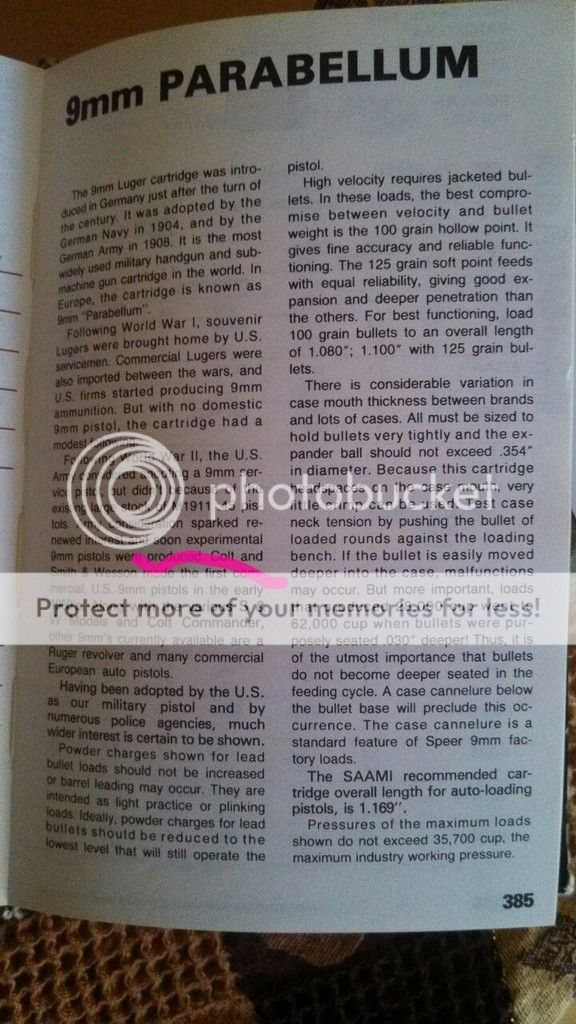This isn't specifically a question about reloads, but it is about ammo.
I have some factory loaded 9mm hollowpoints and I noticed that a few of them appear to have shorter bullets than the others. In one case, the bullet is sticking out of the mouth of the case about a third as much as the others. I'm assuming that the bullet was pushed further into the case than the others when it was loaded. Does this cause a dangerous situation, such as higher pressure when firing?
I have some factory loaded 9mm hollowpoints and I noticed that a few of them appear to have shorter bullets than the others. In one case, the bullet is sticking out of the mouth of the case about a third as much as the others. I'm assuming that the bullet was pushed further into the case than the others when it was loaded. Does this cause a dangerous situation, such as higher pressure when firing?



